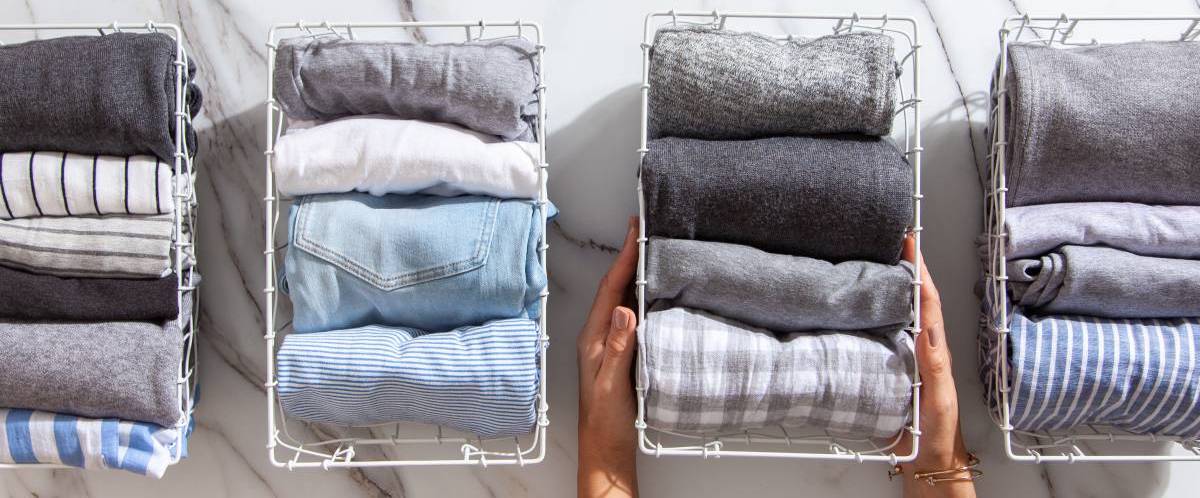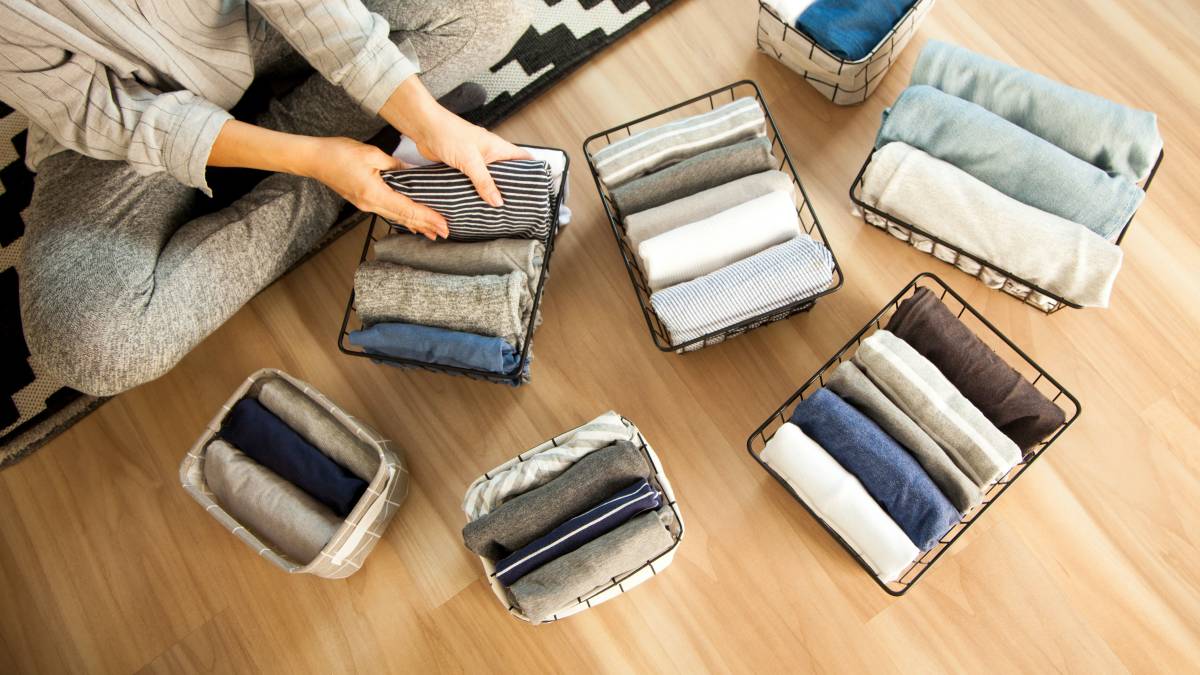- Home/
- Guides/
- Home Organiser/
- How to Organise Your Kitchen Pantry
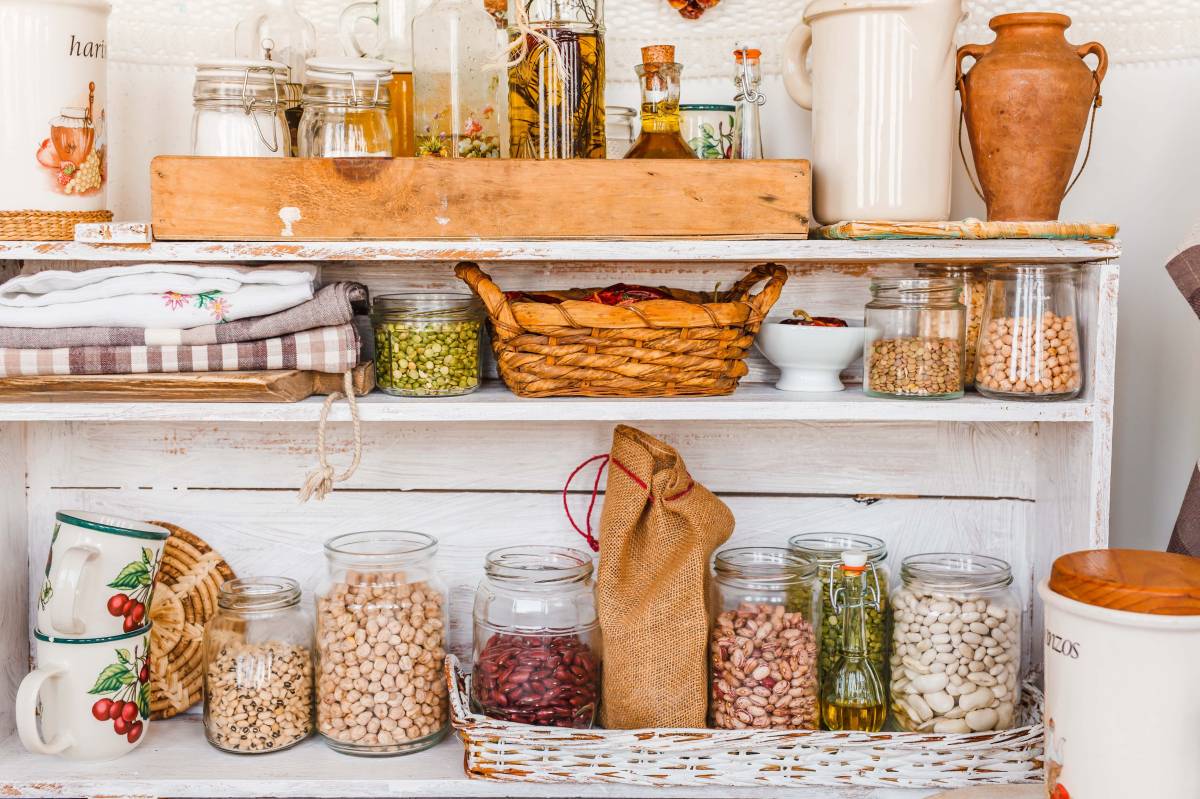
Mastering pantry perfection: Tips for organising your kitchen pantry
It takes a whole work to achieve an organised pantry! Read the best tips right here.
Find a pantry organiserLast Updated on
There’s a saying that the kitchen is the heart of the home. But keeping everything in order can be pretty challenging—that’s why you need to know how to organise your pantry. Not only will it save you time and money, but it’ll also make your cooking area safer and more impressive when guests arrive.
Good thing there are various ways to go about it. You can categorise all your items, use bins, jars, and containers, or add drawers and shelves. Read on to find out more about pantry organisation ideas.
Tips for Organising Your Kitchen Pantry
-
Determine your needs.
The best way to organise a pantry is to base it on your needs. It will look a little different for everyone. You may want to make it childproof if you have kids at home. Or perhaps, things need to be put in a certain way because you have limited space. Do you want a full-on kitchen pantry renovation? Or would you like to install several new pantry shelves?Consider what you and your household need to make kitchen pantry organisation work. List those needs so you can prepare the necessary materials and kickstart organising correctly.
-
Purge your pantry.
One of the most dreaded parts of organising a kitchen pantry is going through every item. It sounds gruelling, but you must check everything to know which stays or gets thrown away. You can start your purge by removing everything—empty all your cabinets and drawers, including your fridge.
Check expiration dates and discard out-of-date goods. If you have too many appliances, especially those you don’t use, you may choose to donate or sell them. It’s also best to eliminate any other products you no longer need to free up more space.
While all the items are out, clean up your storage space’s nooks and crannies. Don’t forget to inspect for moths and moulds and treat those areas if necessary. It’s a good idea to wipe them down with a disinfecting or multi-purpose cleaner to keep them sanitized and ready to store your stuff.
-
Label everything.
A crucial step in starting and keeping an organised pantry is labelling. Whether you’re using coloured or clear containers, label them. This will save you and everyone in the house time and effort when looking for something in the pantry. You can use markers to name your pantry essentials or stick a label for each container.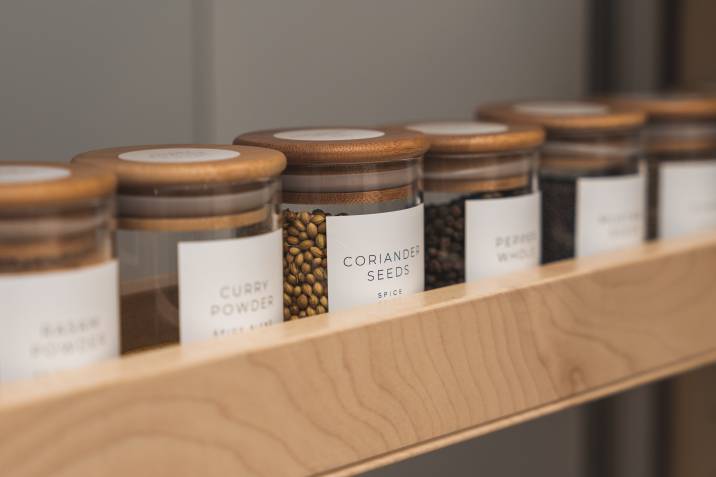
But if you’d like to grab and purchase matching containers for your entire pantry, go for it! Many containers in the market come with blank or custom labels, suiting any style and achieving extra appeal. Plus, filling up new storage jars with spices, cereal, grains, and other food items can be a fun and satisfying experience.
One more idea is to include the expiration dates on the labels so that you can be quickly reminded of them. You can also add labels to trash and recycling bins in your kitchen area. While you’re at it, feel free to include category labels on shelves for faster navigation in your pantry.
-
Use containers.
Another way for you to organise your pantry is through containers. These can be jars, cans, bins, baskets, or storage solutions. Whether you’re storing wet or dry ingredients, including utensils, ensure your containers are tightly sealed to keep what’s inside clean. This will also keep food fresh and last longer.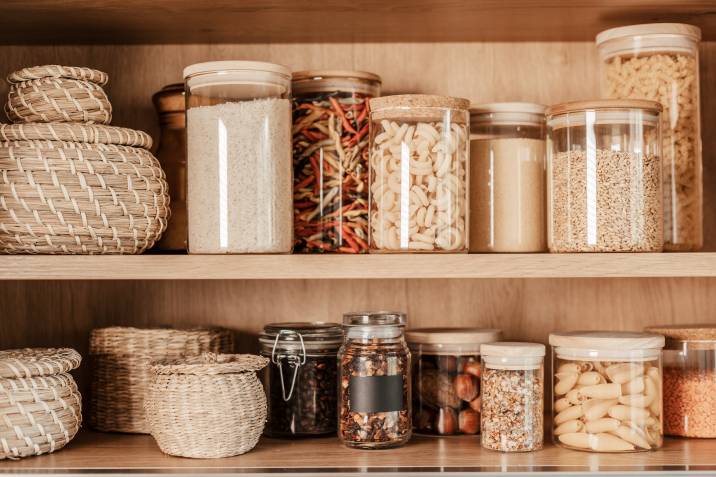
Moreover, consider using a Lazy Susan to maximise space and keep your pantry tidy. This simple food storage hack is perfect for condiments and canned foods. Add one near your kitchen bench to keep your favourite snacks handy.
-
Use vertical space.
If you have a small pantry space, think vertical. Don’t be scared to go beyond eye-level storage. It’s a handy trick in organising a kitchen pantry because it gives extra room to add more shelving, baskets, and cabinets. You can put away small appliances or items you barely use on the top shelf, while essential and bulky appliances can go on low shelves for easy access.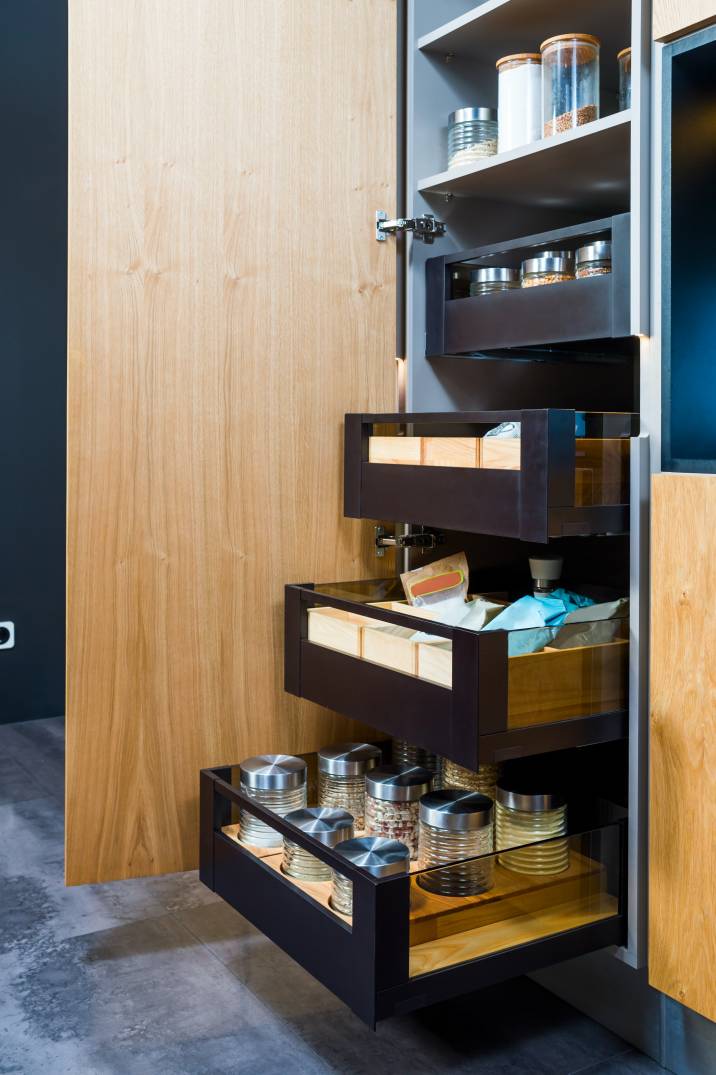
Having a butler's or walk-in pantry is a dream for some people. But even with this luxury, don’t get complacent with your pantry cupboard organisation. You can still keep groceries and hang pots neatly in this empty area, like floating shelves on the wall. The pantry door is another spot to install additional shelves or racks to store condiments, spices, pot lids, wrapping materials (foil and plastic), and recipe books.
-
Group similar items together.
In the process of your kitchen pantry organisation, it’s a no-brainer that categorising is a must. Depending on your preferences, you can group items according to their type or use. For example, you can store all baking products in one section, while grains and pasta go elsewhere. You can even have a dedicated room for wine and liquor if you’re a fancy drinker. A kitchen designer can do wonders if you have a budget to splurge.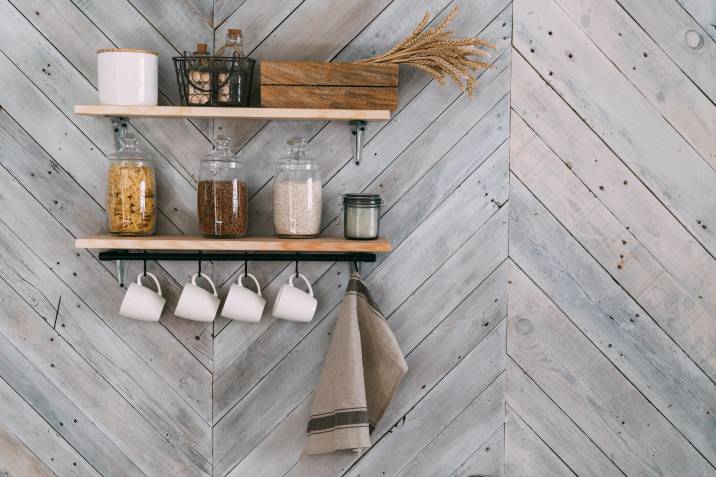
If you’d like a little breakfast nook in your kitchen, make cereal and coffee available by allotting shelf space. You can also do the same for your everyday spices and essentials.
While categorising pantry items, remember to separate close-to-expiring products from the rest. Store them in baskets or containers, and use them in the coming weeks or as soon as possible to avoid unnecessary food waste.
-
Keep your pantry clean.
Once you’ve achieved that organised pantry, it’s crucial to maintain it. Practice the CLAYGO or clean-as-you-go principle. Ensure you put things where you got them to retain their order. For best results, enforce these practices for everyone else in the house.
You can also set up a regular cleaning schedule for your pantry, where you wipe things down and check product expiration dates.
-
Get creative.
Go DIY if you’re on a budget or want to test your skills. Repurpose cans and transform them into neat-looking jars for storage. Paint the wall with neutral tones to go easy on the eyes. Take an old crate and turn it into a basket. Refurbish old drawers that you may have around the house.
You can also hang a chalkboard on the wall to set your weekly meal plan. Use magazine racks to store canned goods. Place a basket full of snacks as a centrepiece for easy munching. Make your printable pantry inventory to know which goods are running low, and write up your shopping list in a breeze.
Conquering kitchen pantries
There’s a whole bunch of pantry organisation ideas out there, but your guiding principles revolve around categorising, labelling, throwing out unnecessary items, and maximising storage space. It can be a lot of work, but it’s worth the effort.
If you need a helping hand, Airtasker is the best place to look. You can vamp up your kitchen pantry today with the help of a professional organiser to start reaching your fuss-free home goals.
FAQs on pantry organisation
You can use the vertical trick. Make partitions for each shelf using your chosen dividers to get instant added storage. Another great thing about this kind of shelf is you can install pull-out drawers, making it the perfect space for all your utensils.
Most professionals recommend up to 30 centimetres for depth, whether on a high or low shelf. This suggested measurement will help avoid burying too many products, leading to forgetting about them and resulting in food waste.
You can start by designating items according to your lifestyle and needs. For example, if you prepare food often, ensure easy access to your spices, pots, and other cooking materials. If you like to bake, keeping stock of flour and baking goods is a must. You should also place your baking tools within your reach.
Find home organisers, fast
Find a home organiser
Related articles

How to organise your garage
Read more
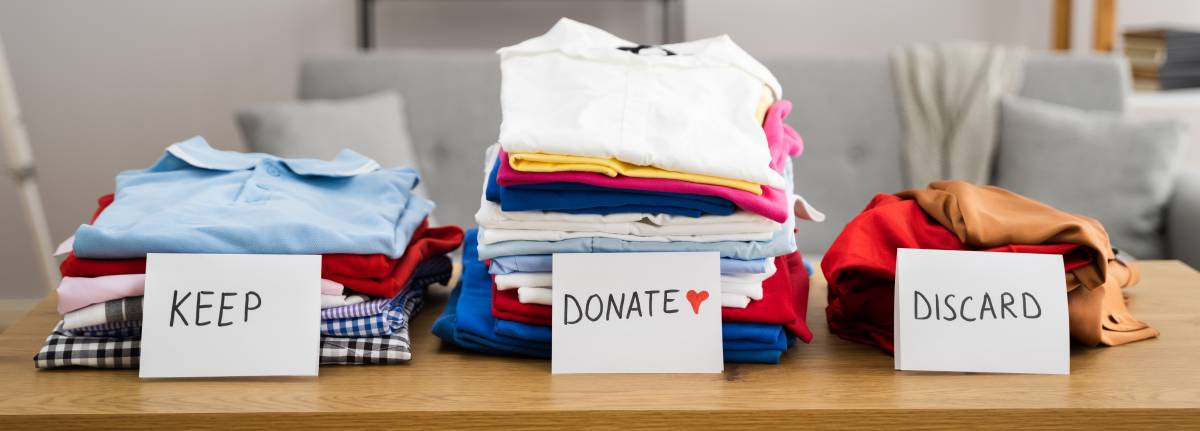
How to declutter before moving house
Read more
Related price guides
